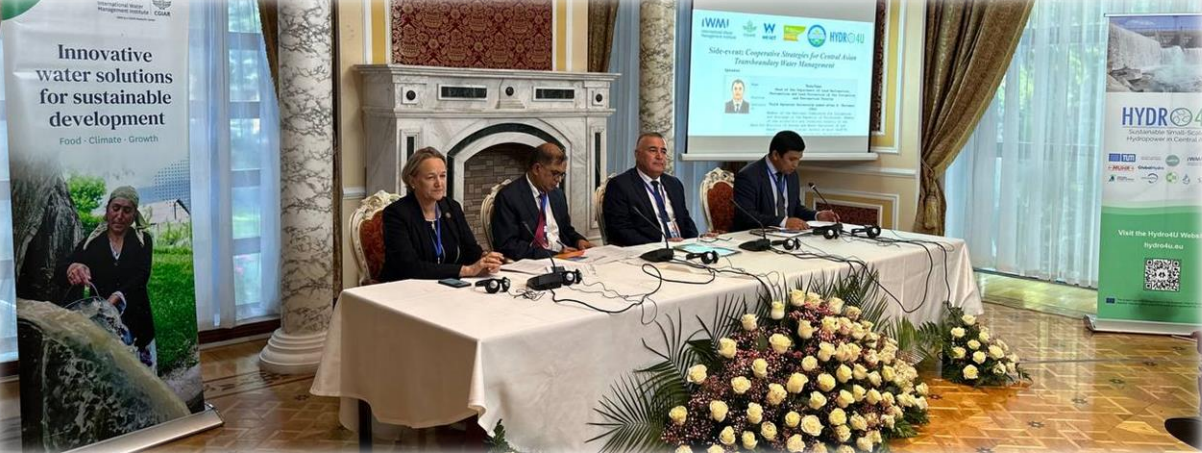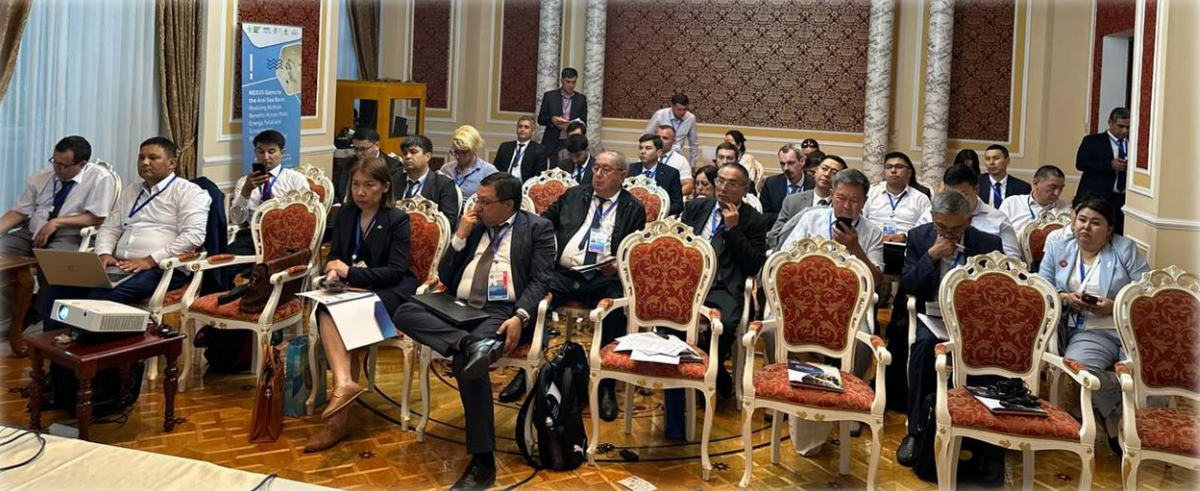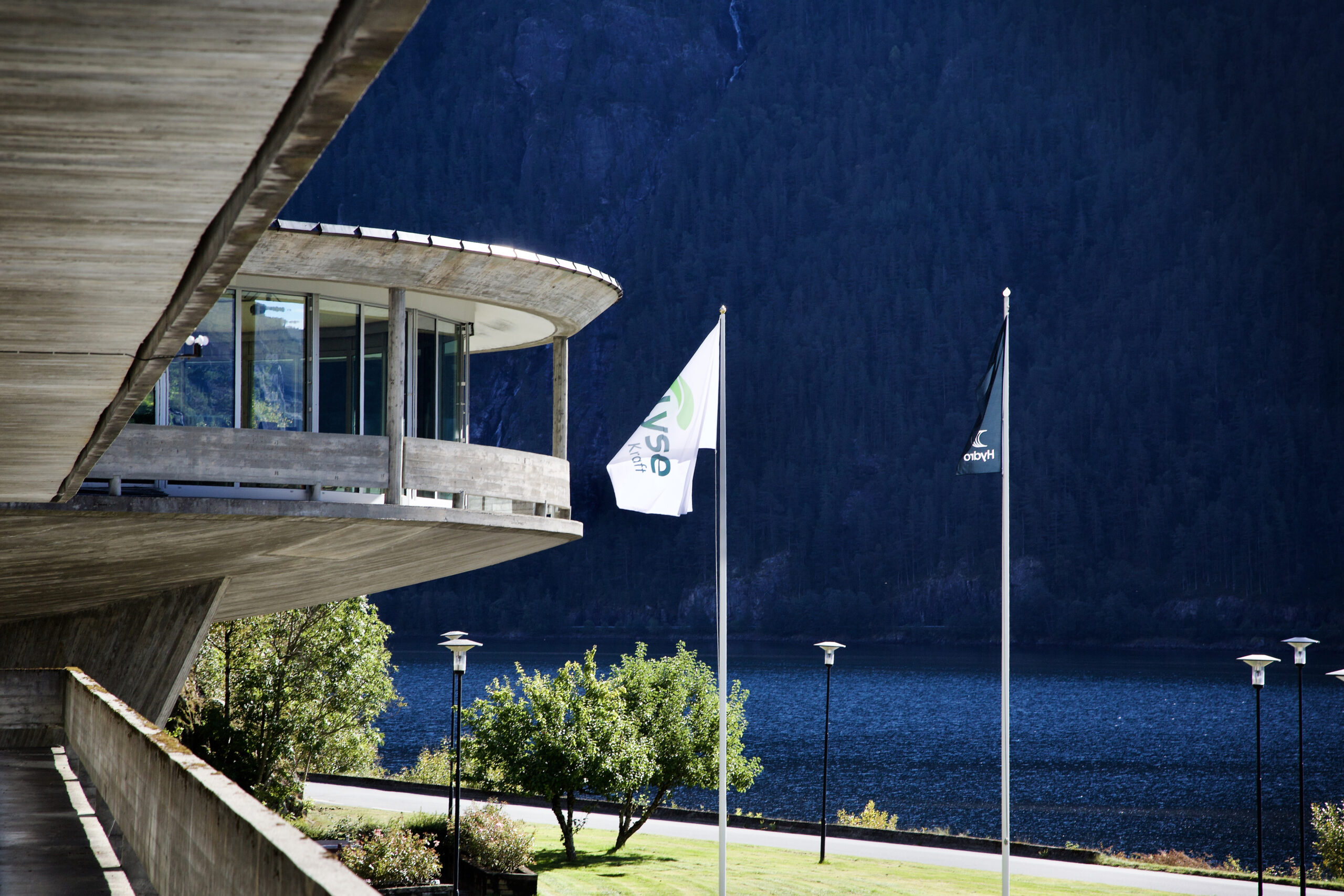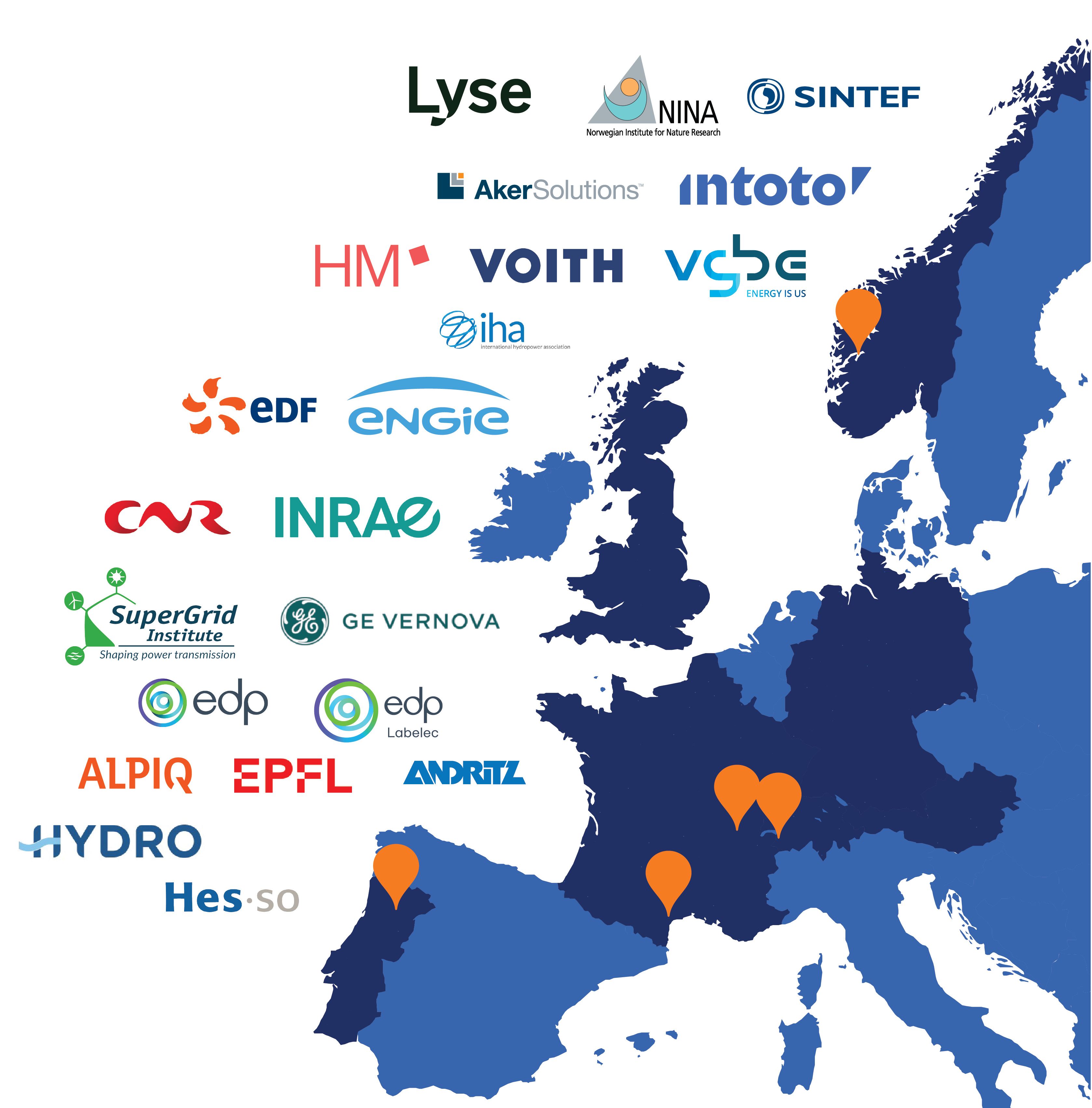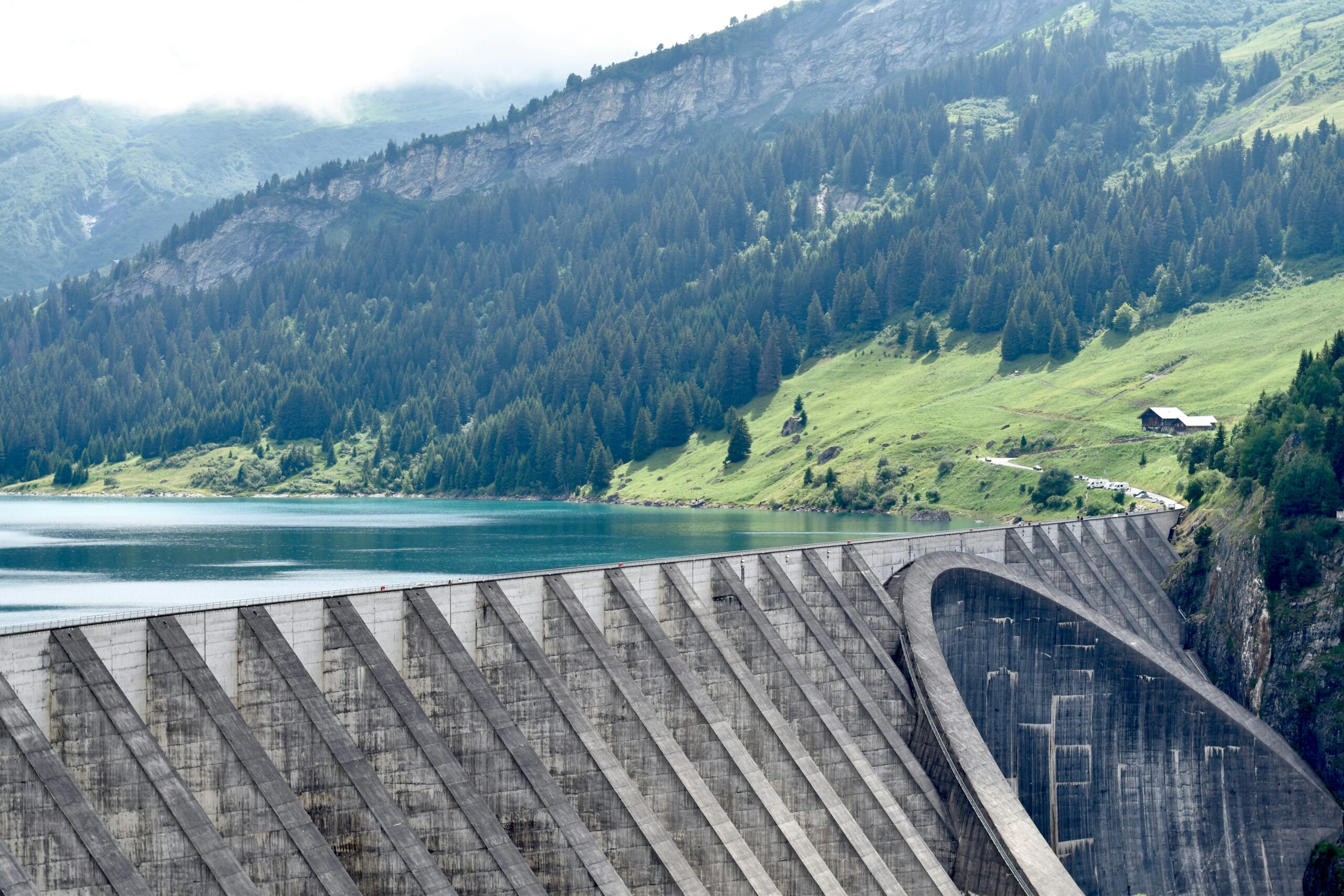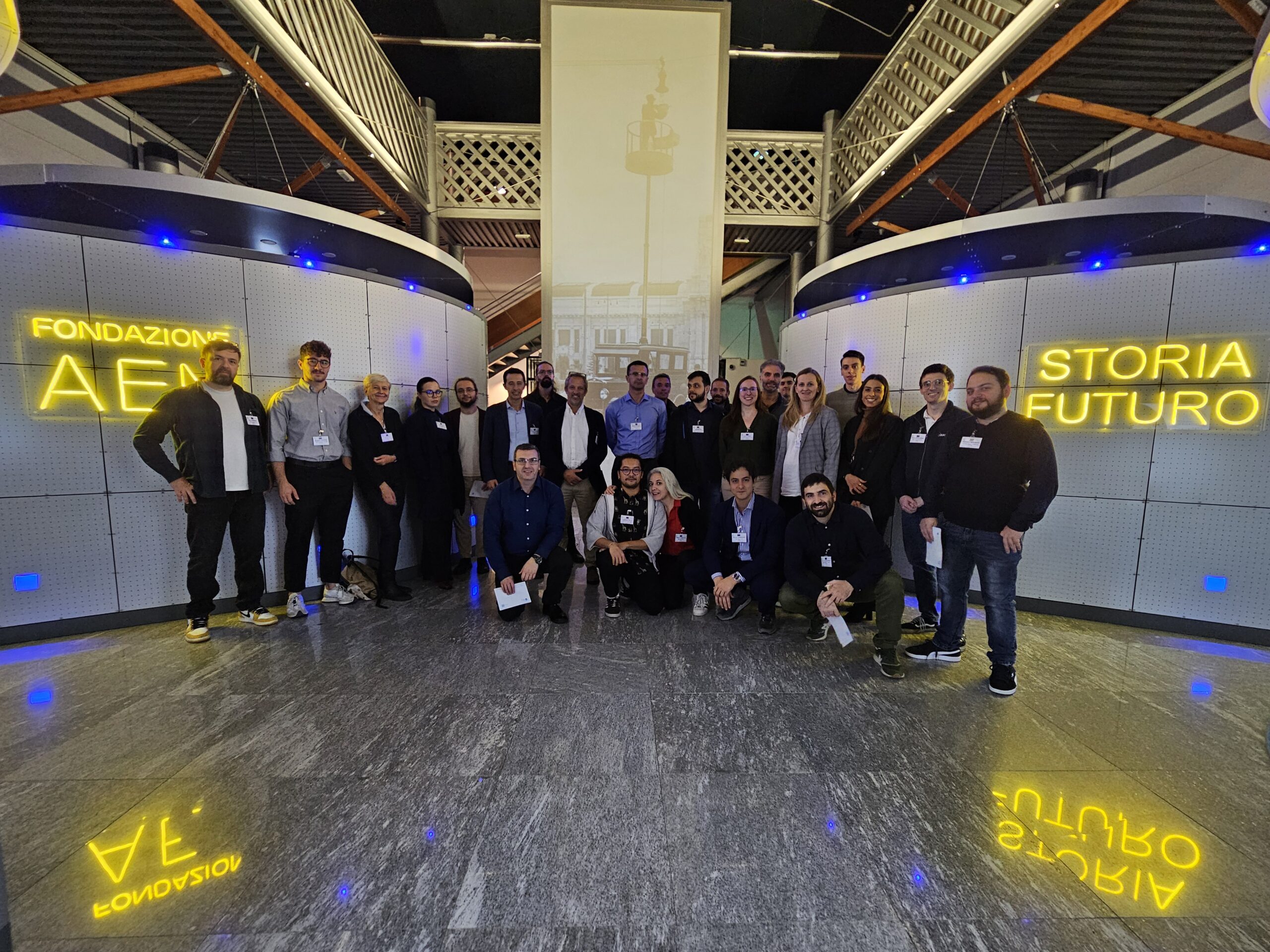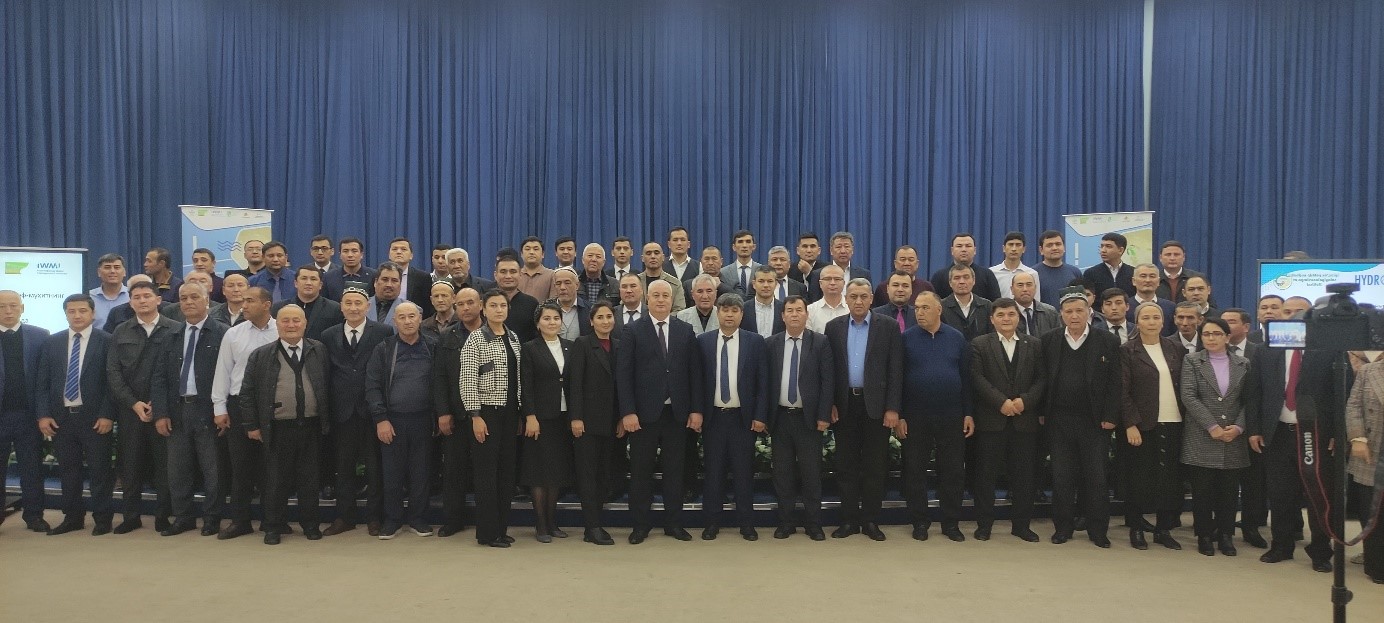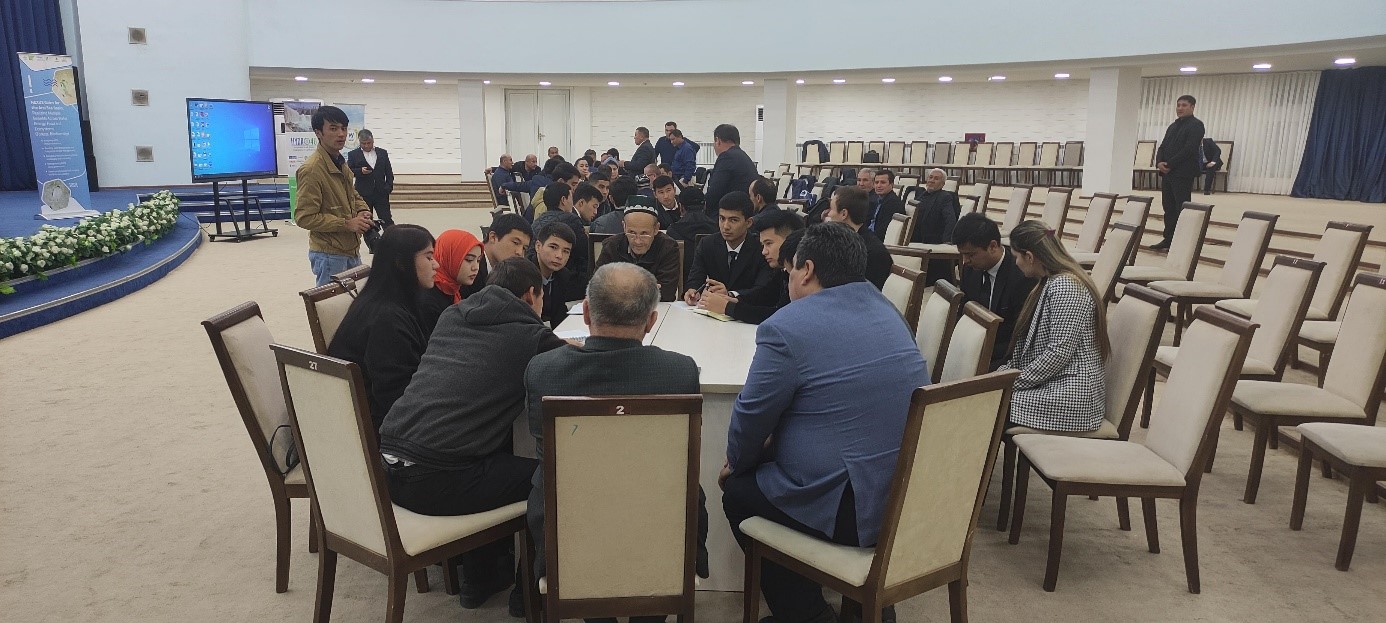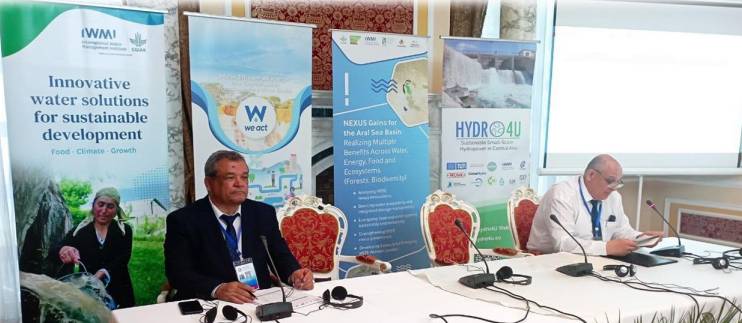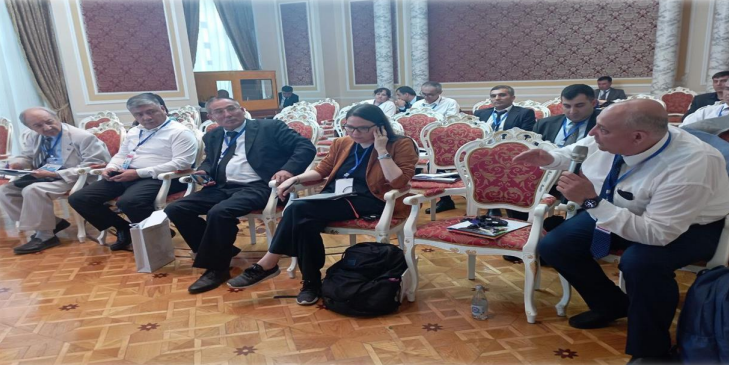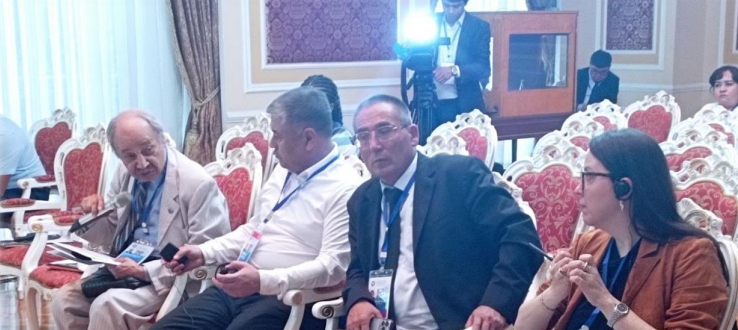The Di-Hydro project has made 1 year, being launched in October 2023 with the goal of advancing the digital transformation of hydropower plants (HPPs). Through innovative technologies, cutting-edge sensors, and advanced digital twins, Di-Hydro aims to enhance operational efficiency, environmental sustainability, and decision-making processes within the hydropower sector. As we mark the conclusion of the project’s first year, here is an overview of the significant progress.
Laying the Foundation for Digital Transformation
The team focused on gathering and analysing critical data from HPPs managed by project partners PPC, A2A, and EPS. This included characteristic of the hydropower plants participating in the pilot activities, weather data, flow measurements, and biodiversity metrics.
Key results in Digital Transformation of the HP Sector and Requirement of HPPs were completed. These findings outline the digital transformation goals for each pilot HPP, the specifications for novel sensors, and their optimal placement.
In addition, the team defined use cases and the digitisation levels each HPP can achieve, paving the way for developing Di-Hydro’s digital twins and decision-making platform. And finally, best practices and barriers for digitisation of operation and maintenance of hydropower plants were also identified.
Advancing Sensor Technologies
To digitalise the HPPs, the Di-Hydro team also focused on selecting and specifying innovative sensors. These sensors will monitor structural health of machinery or infrastructure, biofouling, biodiversity, environmental factors, and water flow, while also supporting underwater inspections.
Moreover, the partners at IMT addressed methodologies for sensor data processing, storage, and exchange. Lead by INOSENS, several activities are ongoing and planned in validating these methods under laboratory conditions, ensuring their reliability and applicability to real-world HPP environments.
Developing Digital Models for Enhanced Operations and Maintenance (O&M)
The team also dedicates a great deal of attention into creating the digital infrastructure required for optimal O&M at HPPs. This year, the team made insightful progress in developing secure-by-design architecture and implementing forecasting techniques for meteorological and water flow data.
Environmental and biodiversity monitoring models are being established using diverse data sources, while Machine Learning and Artificial Intelligence algorithms are analysing sample data from laboratory setups. Efforts are underway to integrate virtual models of the assets into the Di-Hydro’s digital twin (DT) framework, utilising real-world pilot data.
The ultimate goal here is to deliver an advanced visualisation tool integrated within the digital twin, enabling predictive analytics for weather, water flow, biodiversity, and structural health of the HP into the Di-Hydro Decision-Making Platform, which will not only optimise O&M, but also facilitate online handling of HPP operations in real case scenarios.
Looking Ahead to 2025
As Di-Hydro enters its second year, the project will continue building on these achievements. 2025 promises to be a milestone year, with numerous events and sessions planned in collaboration with other hydropower initiatives.
Stay connected with Di-Hydro with our Newsletter and keep updated on the transformative impact of Di-Hydro innovations on the hydropower sector.


